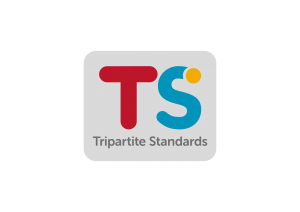IB English Language & Literature Subject Guide
Curriculum Revisions for May 2021
“IB has made intuitive and positive changes to the English Language and Literature syllabus that still allow students to be successful, demonstrate their knowledge, and make a more concerted effort to make connections to their learning through analysis and most importantly, largely through their own contextual lens.”
Written by: Jason BogartIBDP and IGCSE Lang and Lit English Teacher, IB Examiner and EE Coordinator
The content of the IB English Language Literature Subject Guide page is outlined below:
External Assessment:
Paper 1 & Paper 2
Internal Assessment:
Individual Oral & HL Essay
Porfolio

IB English Language Literature Subject Guide
Students and teachers alike are grappling with the new changes to the IBDP English Language and Literature syllabus. With any syllabus changes, comes adjustments and anxiety. Teachers want to make sure that they are doing the best for their students in the final cumulative years of their education and students are wanting to gain that top grade for the betterment of their school applications. So, what are the changes to the IBDP English Language and Literature diploma?
Fortunately, the same skills of analysis and writing are needed to be successful at both the SL and HL, it just takes the HL longer. In the past, there was a focus to include different elements on both papers, what was called the Big 5, and those have been kept inherently within the assessment in criterion A and B for both SL and HL Paper 1. This was a whole text analysis; with the implementation of guiding questions the answer will be more focused. The only practical difference between the two levels is that SL has 1 hour and 15 minutes whereas HL has 2 hours and 15 minutes to complete the task. In both assessments, the unseen texts are taken from any of the text types listed in the course requirements and should be either covered within the instruction and/or documented in the learner portfolio. For criterion C and D in paper 1, the IB rewards students for their use of language and organization. This is a valuable area for students and teachers to pay close attention to because it is worth half of the total marks on paper 1. A student who shows conciseness and clarity in their writing and organises his/her thoughts well can help improve his/her overall grade.
You might be asking yourself how the IO and the portfolio is connected to the external components of the course. The answer is straightforward, skills, skills and more skills. The IB has made it clear that the skills the students are adopting, incorporating, and utilising are throughout the entire curriculum. The old syllabus was more pigeonholed in some regard, although not completely, but now the skills in the new syllabus are front and centre in all aspects of their learning. This is a welcomed, albeit anytime there is change and challenging one, maturation to the English Language and Literature syllabus.
Despite Covid-19 playing havoc throughout the world on teaching and learning, the IB has made intuitive and positive changes to the English Language and Literature syllabus that still allow students to be successful, demonstrate their knowledge, and make a more concerted effort to make connections to their learning through analysis and most importantly, largely through their own contextual lens.


